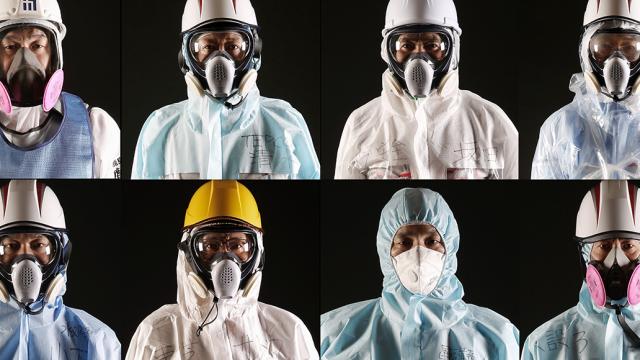Fukushima Workers Don Their Protective Gear In These Eerie Portraits From The Exclusion Zone

Now you can get the top stories from Gizmodo delivered to your inbox. Enter your email below.
By subscribing you agree to our Terms of Use and Privacy Policy.
By subscribing you agree to our Terms of Use and Privacy Policy.